Dental Anesthesia
Dental anesthesia is a form of sedation used to reduce the discomfort and anxiety experienced by patients during dental treatments. Anesthetics reduce or alleviate pain by blocking pain signals from reaching the brain, and can also be employed to decrease anxiety and induce relaxation. Local anesthesia is used for more intensive treatments, such as filling cavities and root canals, and may also be used as a premedication prior to general anesthesia. Local anesthesia is administered to the affected area of the patient's mouth through an injection or topical application of a mild sedative. Commonly used medications include lidocaine, prilocaine, bupivacaine, articaine and mepivacaine. These medications work by blocking nerve impulses, numbing the area and preventing discomfort during the dental procedure. Depending on the type of procedure and patient, the dentist may also recommend supplemental nitrous oxide to reduce anxiety and anxiety associated symptoms. General anesthesia is indicated for more complex treatments requiring more time and deep sedation for safety. This form of anesthesia involves the use of general anesthetic drugs, such as propofol, barbituates and fentanyl. General anesthesia can be administered either intravenously or orally and induces a deep or complete state of unconsciousness. Once the patient is unconscious, a ventilator is used to maintain respiration. Modern advancements in dental anesthetics have greatly improved the comfort of and safety of dental treatments for both the patient and the dental professional. With improving technology, dentists now have more options to choose from when selecting anesthesia. It is important for both the dentist and the patient to understand the risks and benefits of each option in order to select the most appropriate type of anesthesia for the patient's individual needs.
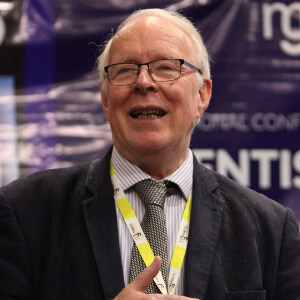
David Geoffrey Gillam
Queen Mary University of London, United Kingdom
Zvi Loewy
New York Medical College, United States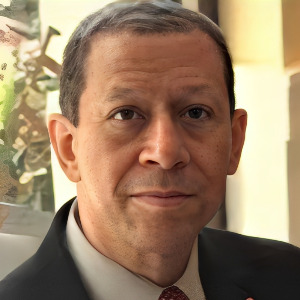
Khamis A Hassan
Global Dental Research Centre, Canada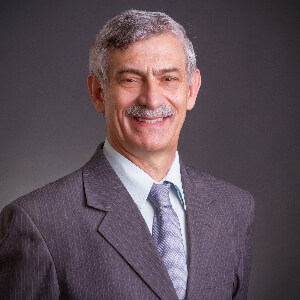
Laurindo Moacir Sassi
Erasto Gaertner Hospital Cancer Center and Mackenzie Evangelical University Hospital, Brazil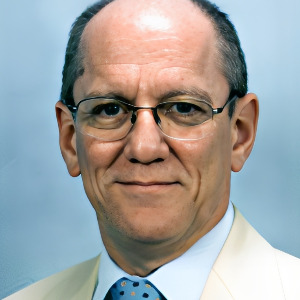
Arnaldo Castellucci
Dr. Castellucci MD, DDS, Italy
Yasser Khaled
Marquette University, United States
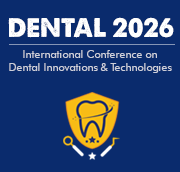


Title : Efficacy of a biomin F toothpaste compared to conventional toothpastes in remineralisation and dentine hypersensitivity: An overview
David Geoffrey Gillam, Queen Mary University of London, United Kingdom
Title : Knowledge and attitudes of dental professionals in the evaluation of Molar Incisor Hypomineralisation (MIH): Awareness, diagnosis and treatment approaches: An overview
David Geoffrey Gillam, Queen Mary University of London, United Kingdom
Title : The coordinated triad of spatial temporal and biomechanical strategies managing the where when and how of shrinkage stress in bulk fill resin composite restorations
Khamis A Hassan, Global Dental Research Centre, Canada
Title : Dental treatment of 1500 young children under general anesthesia
Jaap Boehmer, Rijnstate Hospital, Netherlands
Title : Enhancing root canal success strategic use of orifice opener one step synthesis gels orifice barriers
Emmanuel Samson, Consultant Total Dental Care, India
Title : Dealing with peri implantitis: An insight to various treatment regimens
Preetinder Singh, Academy of Oral Surgery, United States